Klasy - dziedziczenie
Stronę tą wyświetlono już: 4674 razy
Na stronie Programowanie → Podstawy Pythona → Klasy omawiałem podstawy dotyczące tworzenia klas w Pythonie, nadeszła stosowna ku temu pora, aby zacząć omawiać sam mechanizm dziedziczenia w Pythonie. Zanim jednak uczynię to z najdzikszą rozkoszą, warto poskładać do kupy utworzony na wcześniej przeze mnie wspomnianej stronie kod dwóch klas tam utworzonych:
Mechanizm dziedziczenia oraz wywoływanie konstruktora klasy bazowej
Utwórzmy sobie klasę o jakże wymownej nazwie Point3D. Ta klasa będzie dziedziczyła po klasie Point2D w sposób następujący:
Można oczywiście dziedziczyć po wielu obiektach, wystarczy zaraz za nazwą klasy w nawiasie wypisać nazwy klas dziedziczonych oddzielone przecinkiem.
Wywoływanie metod klasy bazowej
Utwórzmy sobie taką oto metodę wewnętrzną klasy Point3D:
Jeżeli teraz napiszę taki oto kod:
W takim przypadku wyświetli się coś takiego:
Point2D(x=1, y=2) Point3D(x=1, y=2, z=3) Point2D(x=1, y=2)
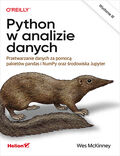
Tytuł:
Python w analizie danych. Przetwarzanie danych za pomocą pakietów pandas i NumPy oraz środowiska Jupyter. Wydanie III
Autor:
Wes McKinney
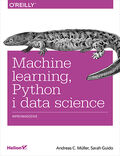
Tytuł:
Machine learning, Python i data science. Wprowadzenie
Autor:
Andreas Müller, Sarah Guido
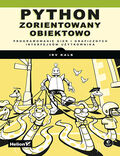
Tytuł:
Python zorientowany obiektowo. Programowanie gier i graficznych interfejsów użytkownika
Autor:
Irv Kalb
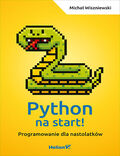
Tytuł:
Python na start! Programowanie dla nastolatków
Autor:
Michał Wiszniewski
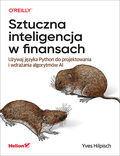
Tytuł:
Sztuczna inteligencja w finansach. Używaj języka Python do projektowania i wdrażania algorytmów AI
Autor:
Yves Hilpisch
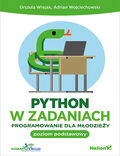
Tytuł:
Python w zadaniach. Programowanie dla młodzieży. Poziom podstawowy
Autor:
Urszula Wiejak, Adrian Wojciechowski
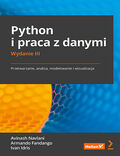
Tytuł:
Python i praca z danymi. Przetwarzanie, analiza, modelowanie i wizualizacja. Wydanie III
Autor:
Avinash Navlani, Armando Fandango, Ivan Idris
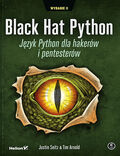
Tytuł:
Black Hat Python. Język Python dla hakerów i pentesterów. Wydanie II
Autor:
Justin Seitz, Tim Arnold
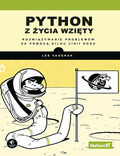
Tytuł:
Python z życia wzięty. Rozwiązywanie problemów za pomocą kilku linii kodu
Autor:
Lee Vaughan
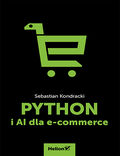
Tytuł:
Python i AI dla e-commerce
Autor:
Sebastian Kondracki
